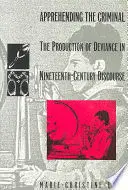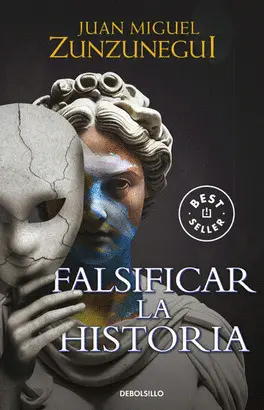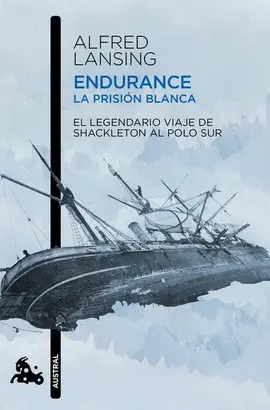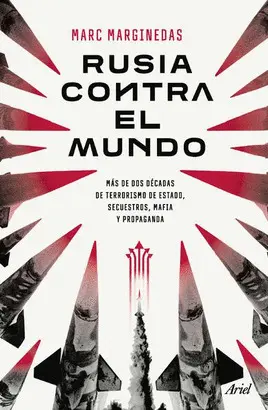- Editorial:
- DUKE UNIVERSITY
- Año de edición:
- 1992
- Materia:
- Historia y Mitología
- ISBN:
- 978-0-8223-1271-0
- Páginas:
- 262
APPREHENDING THE CRIMINAL: THE PRODUCTION OF DEVIANCE IN NINETEENTH-CENTURY DISCOURSE
MARIE-CHRISTINE LEPS
In this wide-ranging analysis, Marie-Christine Leps traces the production and circulation of knowledge about the criminal in nineteenth-century discourse, and shows how the delineation of deviance served to construct cultural norms. She demonstrates how the apprehension of crime and criminals was an important factor in the establishment of such key institutions as national systems of education, a cheap daily press, and various welfare measures designed to fight the spread of criminality.u003cbru003e Leps focuses on three discursive practices: the emergence of criminology, the development of a mass-produced press, and the proliferation of crime fiction, in both England and France. Beginning where Foucault's work u003ciu003eDiscipline and Punishu003c/iu003e ends, Leps analyzes intertextual modes of knowledge production and shows how the elaboration of hegemonic truths about the criminal is related to the exercise of power. u003cbru003e The scope of her investigation includes scientific treatises such as u003ciu003eCriminal Manu003c/iu003e by Cesare Lombroso and u003ciu003eThe English Convictu003c/iu003e by Charles Goring, reports on the Jack the Ripper murders in u003ciu003eThe Timesu003c/iu003e and u003ciu003eLe Petit Parisienu003c/iu003e, the Sherlock Holmes stories, Stevenson's u003ciu003eStrange Case of Dr. Jekyll and Mr. Hydeu003c/iu003e, and novels by Zola and Bourget.u003cbru003e This work will be indispensable to all readers interested in discourse analysis, and to scholars and students of literary and cultural studies, anthropology, criminology, nineteenth-century history, and interdisciplinary studies.u003cbru003e









